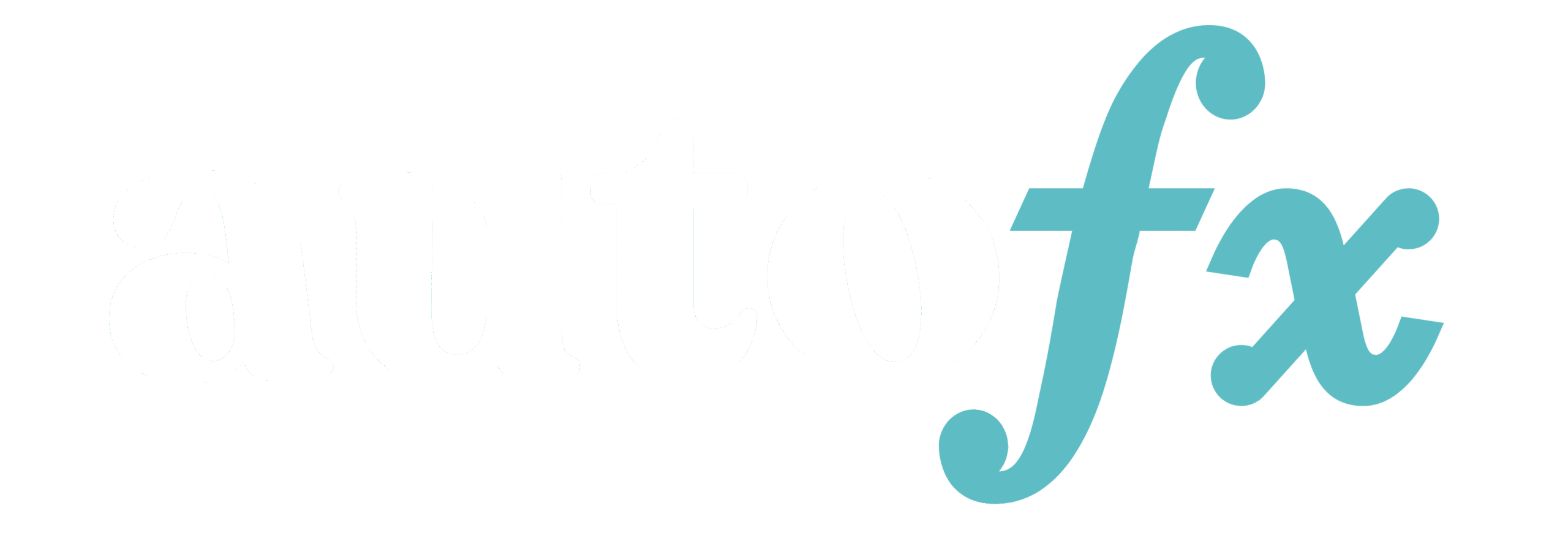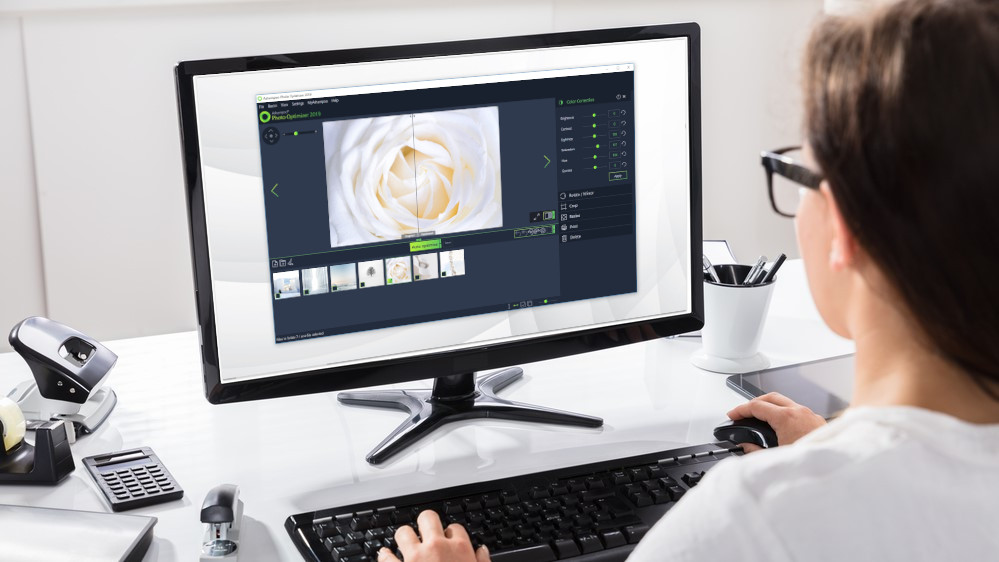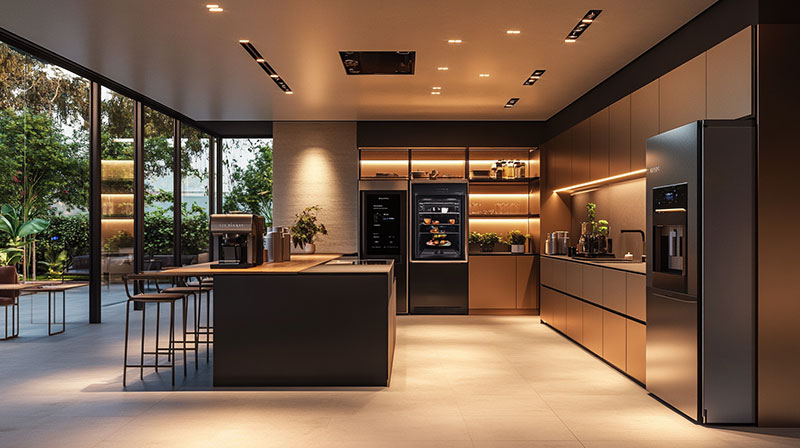In today’s fast-paced digital era, capturing high-quality photos is crucial for everyone, from professional photographers to social media enthusiasts. However, one persistent challenge many encounter is photo noise. Thankfully, the advent of new technologies, including an AI tool for photo noise reduction, has made it easier to obtain clearer and more professional-looking images.

What is Photo Noise and Why Does it Matter?
Photo noise refers to the random variation of brightness or color information in images, often regarded as graininess. It can significantly affect image quality by reducing clarity and detail. Understanding photo noise is essential for achieving optimal image results, and this is where the AI tool for photo noise reduction comes into play, offering sophisticated solutions for tackling this issue.
How Does an AI Tool for Photo Noise Reduction Work?
These tools utilize artificial intelligence and machine learning algorithms to analyze images and intelligently reduce noise. By distinguishing between actual details and noise, they ensure that images remain sharp and retain their natural look, thereby enhancing the viewer’s experience.
Benefits of Using AI for Noise Reduction
Improved Image Quality
One of the primary benefits of using an AI tool for photo noise reduction is the dramatic improvement in image quality. These tools deliver remarkably crisp and clear images by effectively mitigating noise without compromising detail.
Time Efficiency
Traditional noise reduction methods can be time-consuming and complex. In contrast, AI-powered tools can perform these tasks swiftly, enabling photographers to save time and focus on their core creative processes.
User-Friendly Interfaces
Most AI tools are designed with an intuitive interface that even beginners can navigate easily. Features like drag-and-drop functions make it accessible for users of all levels to enhance their images seamlessly.
The Role of AI in Photography
The role of AI in transforming photography extends beyond noise reduction. From correcting exposure flaws to improving background elements, AI tools are reshaping how we approach image editing. Articles like this background blur tool further explore these capabilities.
Choosing the Right AI Noise Reduction Tool
Selecting an appropriate AI tool for your needs involves considering factors such as compatibility, ease of use, and specific features like batch processing capabilities or integration options with existing photography software.
Real-World Applications of AI Noise Reduction
Beyond traditional photography, AI noise reduction tools have a wide array of applications, including in fields like astronomy, medical imaging, and forensic analysis, where clarity and precision are paramount.
Conclusion: The Future of AI in Photo Editing
As AI technology continues to evolve, its applications in photo editing are poised to broaden. The potential for AI-powered tools to perfect images through noise reduction and other enhancements promises a future where high-quality digital imagery is accessible to all.

FAQs About AI Photo Noise Reduction
How does AI detect noise in photos?
AI algorithms analyze visual data, identifying and differentiating noise from actual image details based on learned patterns and data sets.
Is AI noise reduction suitable for all photo types?
Yes, AI noise reduction can enhance various photo types, including portrait, landscape, and indoor shots, by preserving image clarity and detail across diverse conditions and environments.
Can AI noise reduction replace traditional methods?
While AI offers advanced capabilities, it complements rather than completely replaces traditional editing methods, providing photographers with an expanded toolkit for image enhancement.





